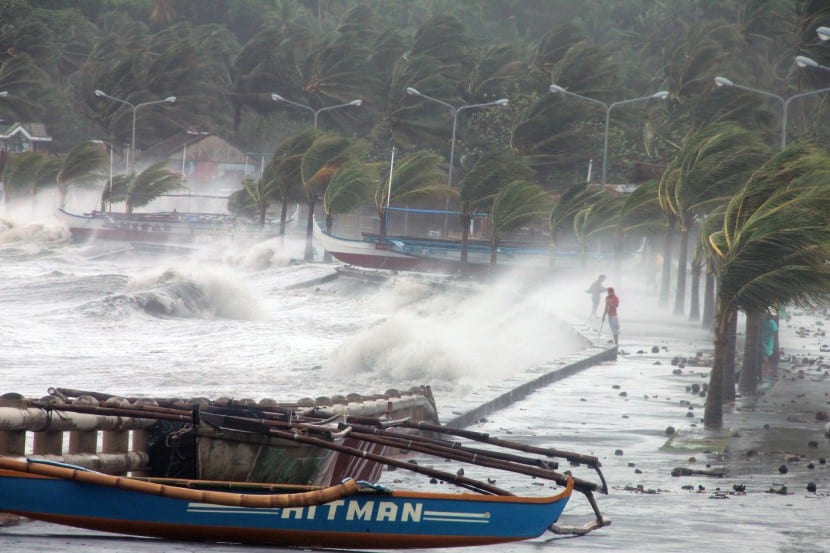
Now that typhoon koppu has made headlines a few days ago around the world for causing at leasts 4 dead in northern Philippines and leaving more than 200.000 people affected throughout the country, it is important to know and know what it consists of this devastating weather phenomenon and how it is formed.
Do not lose detail because below I will tell you everything about typhoons.
Typhoon it's just a tropical cyclone It occurs in areas where the pressure is too low. In practice it is the same than a hurricane, what happens is that it is called a typhoon if it occurs in the western pacific zone. In the event that it occurs in the eastern Pacific it is called a hurricane.
Studies show that a typhoon is created, when an atmospheric wave found in the Pacific rotates following the planet's own rotation. This will generate high pressures on the outside and low pressures in the middle. If this phenomenon continues to rotate at a speed of about 120 km / h it can be said that it is a typhoon.

La most auspicious season for a typhoon to form is from the end of month of June until the beginning of September. During these months the heat will cause them to form a series of spirals which then give rise to typhoons. Thus there is a relationship between the formation of typhoons and the temperature of the sea, that is why global warming of the planet it is leading to increased formation of tropical cyclones.
Although the typhoon is a phenomenon of natural origin, climate change is causing this phenomenon to become increasingly more frequent in time and have effects a lot most devastating sabout the population and the planet itself.